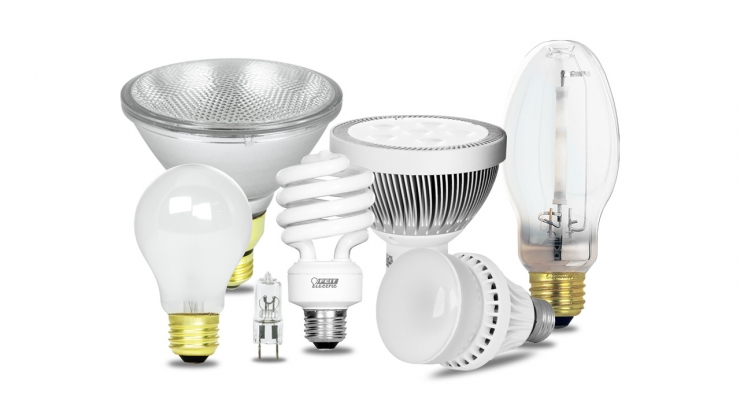
More consumers meet the LED lighting day by day. LEDs are long live and efficient light sources. LED lights should meet certain criteria to operate safely and long. Bulb and light fixture with LED light sources tested before entering the market. Therefore, customers buy high quality products.
The standard fault ratio in LED lighting sector is accepted as 3%. In many applications fault ratio can be up to 10%. This is because manufacturers test LED products incompletely, incorrectly, or not at all before shipment. LED lighting devices tend to fail prematurely, similar to other consumer electronics products. Manufacturers can identify the faults by testing correctly before the shipment.
The testing process of LED lighting devices consists of several steps, each with a high degree of importance.
Functional Test
Function test helps verify that the lighting product is working properly. This test does not require a special equipment. Operators switch on/off the light. Controls the lighting status and confirms that dimming properly. All the functional problems that observed, any deviation from the user manual and specification should be reported.
Durability Test
During the functional test, operator tested all functions of the product in a short time period. For this reason, it must be resistant to long-term use. Durability test also known as operating test, evaluates the performance of lighting products in time. Operator leaves the light on at maximum setting for at least four hours. It checks whether there is any malfunction during this time.
Fatigue Test
Key, button, and similar moving parts of lighting products use thousand of times during the life of the product. Fatigue test helps to evaluate the durability of long-term use of functional parts. Operators push the button or the key couple of times. These functions are checked if it contains collapsible and moving parts.
Drop Test
Drop test applied to mobile lamps such as flashlight and table lamp. Lighting product dropped from 1 meter height. Drop height can be changed according to the weight of the product and standard to be applied. After the test, damages checked on the product.
Light Test
Brightness, color, and efficiency values of light source measured with the help of an integrated sphere. A spectroradiometer and calculation software should be used with the integrated sphere. Operator placed the lighting product to integrated sphere and observed the results by computer interface. The report includes power consumption, power factor, light output, color temperature, color rendering index.
Electromagnetic Compliance Test
Electromagnetic compliance (EMC) test serves to verify that the lighting product does not emit excessive electromagnetic interference during use. Electromagnetic parasite may damage the other electronic devices and cause faults. This test should be performed in an isolated room or ideally in a special EMC lighting test room. While there are different standards for EMC measurements, the requirements are largely similar.
Leak Test
The leak test determines whether the housing of lighting products can protect electrical parts against water and dust. For the product to be electrically safe and long-lasting, leak proof must be tested. The IP (Ingress Protection) degree determined after the leak test. The degree shown as IPXX, the first digit shows resistance to solids and the second digit shows resistance to liquids. IP20 is sufficient in indoor lightings. IP65 is necessary for outdoor lighting which express resistance to water.
Mounting Test
Not all lighting products offered for sale are ready for use. Some products delivered the consumers demounted and those parts must be assembled by consumers. Mounting control helps to verify whether customers can assemble the product easily, install and use it quickly. The operator assembles the product by following the assembly instructions to simulate the actual process the consumer will experience.
Testing the LED products allow us to identify the problems. Testing the product is a good opportunity for manufacturers, paving the way for improving parameters such as brightness, efficiency, and functionality.
The use of a third-party lab to test the devices is important for proper testing. Test equipment in independent laboratories must meet the strict standards set by TÜRKAK (Turkish Accreditation Agency).


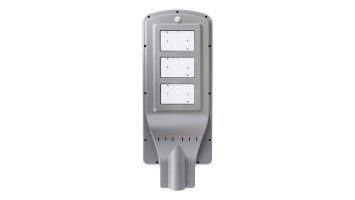
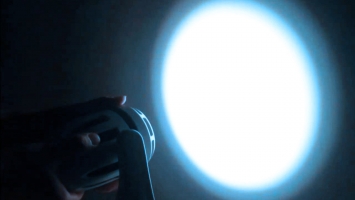
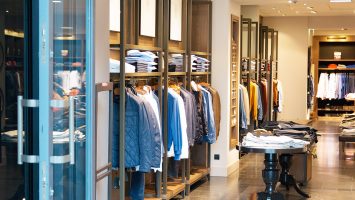
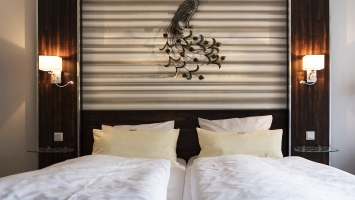
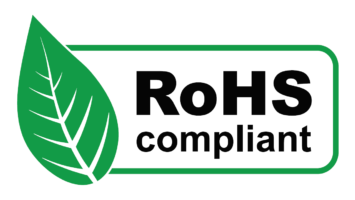
COMMENTS
MAKE A COMMENT